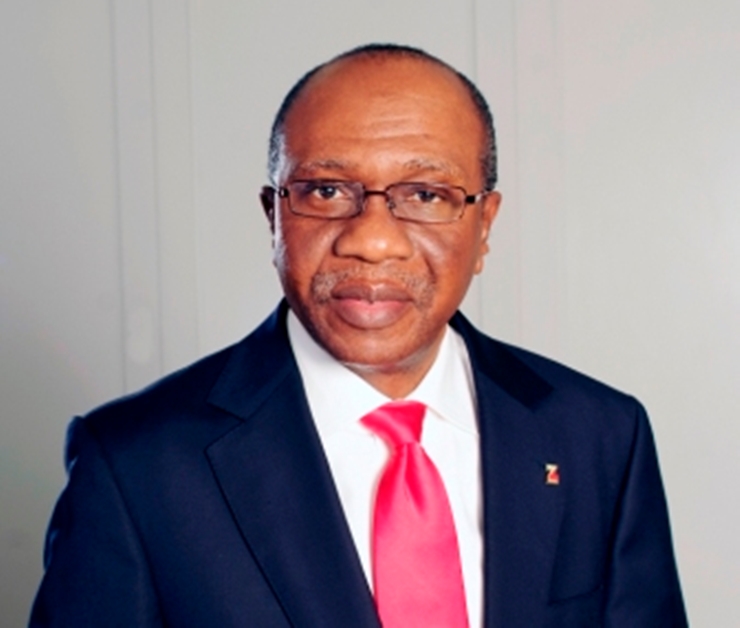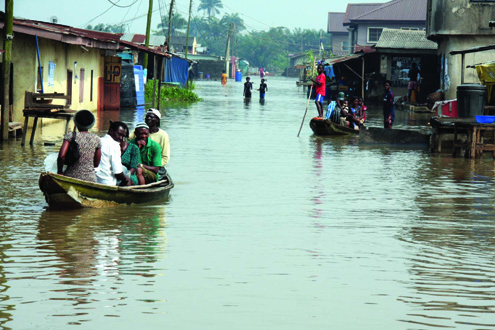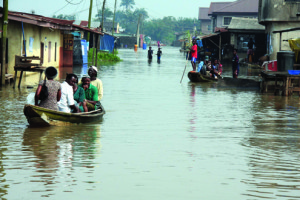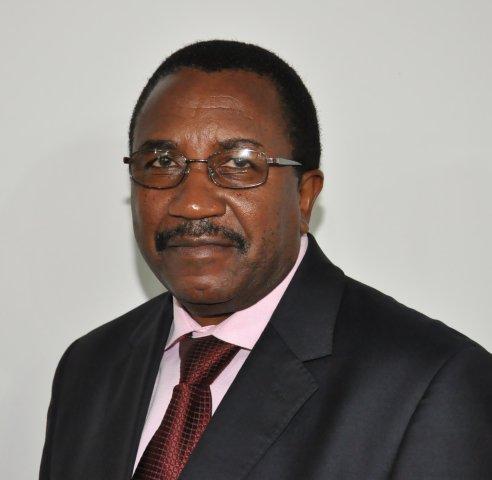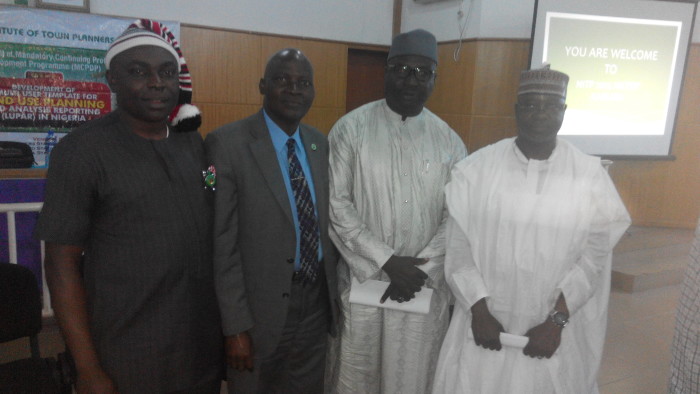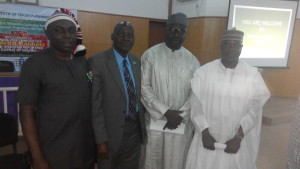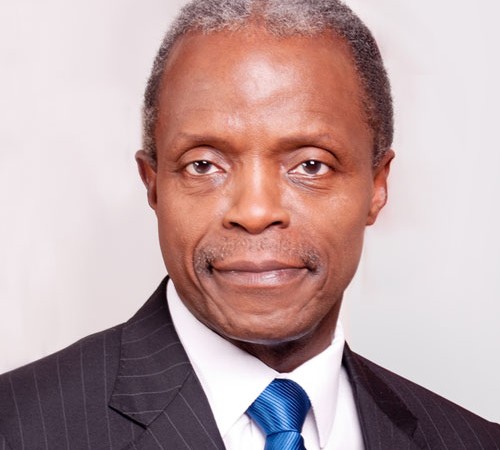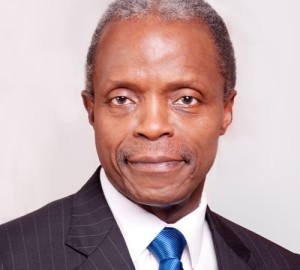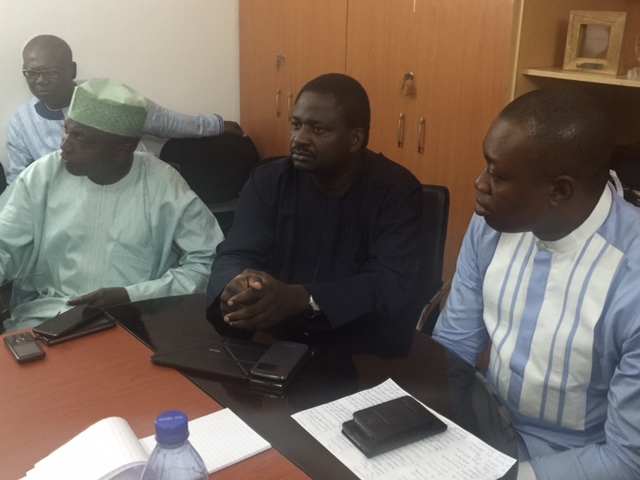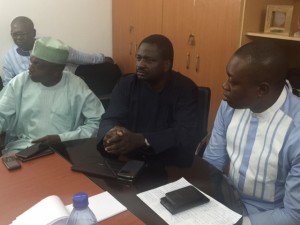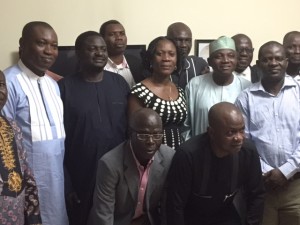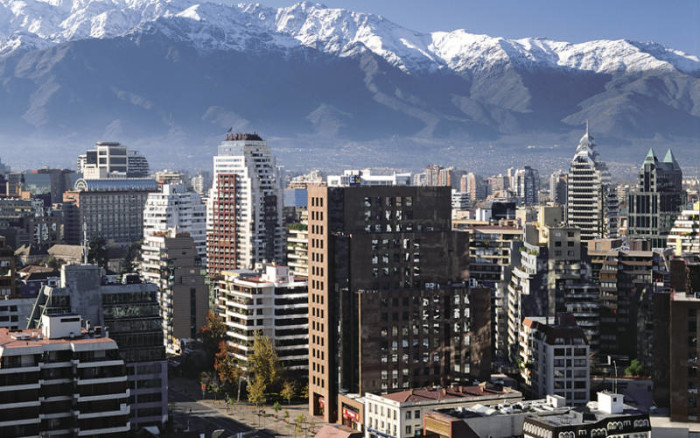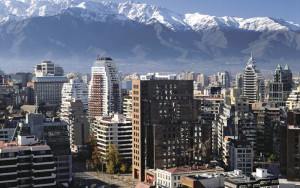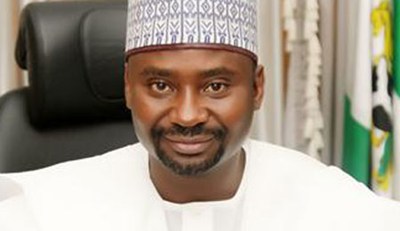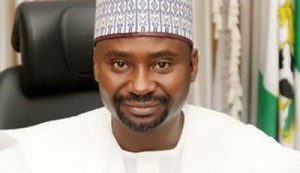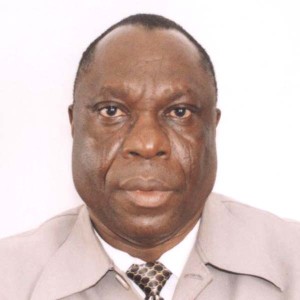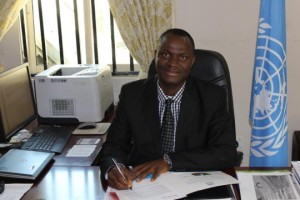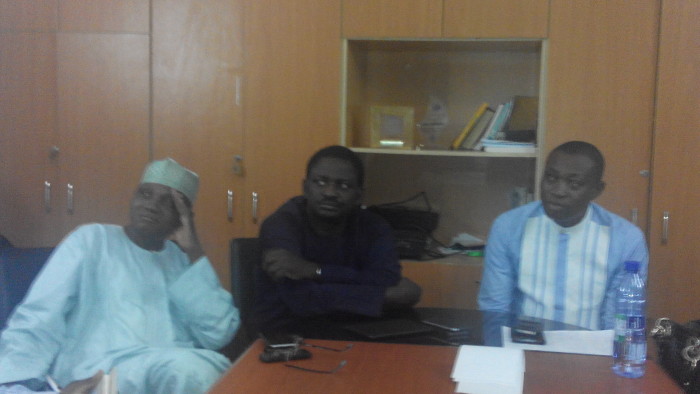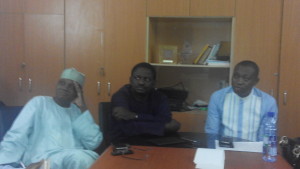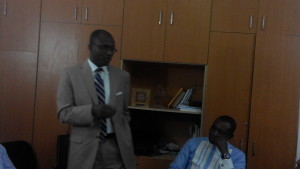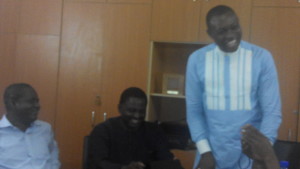In its nearly two decades of existence, Nigeria’s Debt Management Office (DMO) has not ceased to attract public interest in the discharge of its statutory duties.
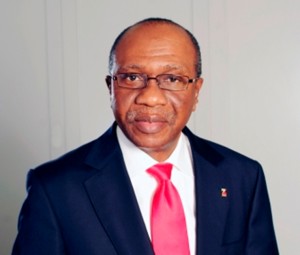
Coming at a time when the country was battling with stifling foreign and local debt, it was natural that the attention of the world was glued to the DMO from its inception in 2000. Such interest has remarkably remained till date.
Primarily established to centrally coordinate the country’s debt, which was earlier handled by various agencies without positive result, the DMO has been on the track of ensuring good debt management practices that make positive impact on economic growth and national development, particularly in reducing debt stock and cost of public debt servicing in a manner that saves resources for investment in poverty reduction programmes.
Like during the administration of former President Olusegun Obasanjo when the DMO in partnership with the finance ministry, facilitated the debt relief Nigeria got from creditor nations, the agency is at it again with the proposal to restructure the debt owed by state governments.
The aim is to extend the life span of such loans while reducing their debt-servicing expenditures.
This policy action which now left Nigeria’s insolvent states with enough resources that would have been removed from their accounts by the banks they are indebted to, has attracted divergent positions from financial experts.
While some applauded the initiative, others simply gave it knocks. Those in support of the move believe it is the best option available, given the near insolvent state of the nation’s economy.
The argument of the antagonists is that the DMO debt relief would further entrench corruption in the system. They argued that while it is true that the national economy is experiencing a downward trend, most of the states actually compounded the situation through unbridled financial recklessness. Bailing them out would, therefore, amount to promoting and commending their perceived corrupt tendencies.
But other industry players are quick to discountenance the opinions of the antagonists as probably ill-informed of the workings of the DMO in this regards. They agree that states have been extremely reckless over the years in both spending and borrowing; particularly in the areas refusing to see how to improve Internally Generated Revenue (IGR), they are however quick to add that the DMO should be greatly commended for instilling fiscal discipline amongst the states by way of establishing Debt Offices in all the 36 states of the federation.
Dr Anthony Olawale, an economist, said: “The establishment State Debt Management Departments (DMD) have built a very robust and effective tool for states to know their state stock, which hitherto were not known to most of the states.”
“As you know, the DMO conducts debt sustainability analysis at the central level. Now that states have adequate capacity for public debt management having established their DMDs,” he concluded.
Nonetheless, the success of debt package and other interventionist programmes informed the recent study visit by the Financial Markets Department in the Bank of Uganda in June, 2015.
The aim was to understudy the workings of Nigerian government securities markets as well as have an in-depth understanding and practical workings of the OTC Market for FGN Bonds.
Though the DMO had in 2005 received requests from Uganda, Sudan, Zambia and Zimbabwe for their Debt Management Offices, Central Bank and National Planning to learn from Nigeria’s experience in public debt management, the latest visit attested to the widely held belief that the DMO is becoming a model in Africa.
It was gathered that Uganda had twice visited Nigeria for same reasons, which had impacted efficiently on the economy of the East African country.
The first, it was learnt, was in November 2006 when a delegation came to learn from the DMO model as a basis for institutional arrangement.
Towing same line, a delegation from Sudan also came on a study tour to Nigeria on two occasions.
Disclosing this, the President of Heritage Savings, Mr. Adegboye Ikiola, who has a deep knowledge of the workings of DMO, said: ‘’The first delegation came in December 12-16, 2005. Similarly, another delegation from the External Debt Management Unit in the Central Bank of Sudan and Domestic Debt Unit in the Ministry of Finance of Sudan, visited the DMO for a month secondment programme from Monday, June 23 – Tuesday July 15, 2014. The core objectives of both visits by the Sudanese teams were to learn from the Nigeria’s debt relief and restructuring phases as well as Nigeria’s debt management experiences prior to the establishment of the DMO.”
Another instance, he said, was a visit by “a delegation from the Ministry of Finance and National Planning of the Republic of Zambia undertook a one-week study tour of the Debt Management Office, Nigeria, from 20th – 24th September, 2009. The purpose of the study tour was to enable the Zambians learn how the Debt Management Office, Nigeria is structured, the functions of the Office and how it carries out its responsibilities of managing the country’s public debt and issuance of the FGN Bonds.’’
“I can continue with the examples, because we have to understand what the DMO is doing at this time. A seven-man team from the Zimbabwe Aid & Debt Management Office (ZADMO) in the Ministry of Finance of Zimbabwe visited the DMO for a week study tour from July 17 to 27, 2011 to understudy the processes of establishing and running an effective debt management office in its efforts to set up a centre of excellence in debt management in Zimbabwe.”
Another industry expert, Chief Gabriel Nwonuma, noted that the DMO has been outstanding on debt management, calling for the sustainability in service delivery.
“Governance is a continuum; the DMO should sustain what it is doing considering the economic crisis in the country. I am happy that they have a very competent team that can sustain its service delivery framework. DMO staff are frequently invited as resource persons to various training programmes workshops, seminars and conferences by international organisations including the United Nations and World Bank.”
Industry players are of the opinion that, given the successes of the DMO, the Nigerian model should be extended to other African countries to emulate in order to strengthen their debt management profile.
They are as well quick to add that the Office should be encouraged to sustain the training and equipping of her staff for the challenges ahead, particularly in this period that the nation is facing some economic challenges.
By Amarachi Eshiogu (amarachi@channelkoos.com)

